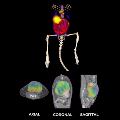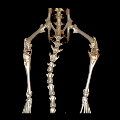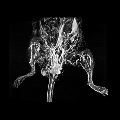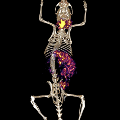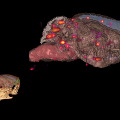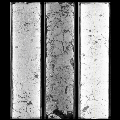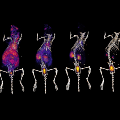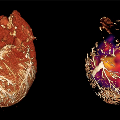Molecular imaging
Developing noninvasive, integrated imaging approaches
The combination of imaging modalities and technologies for mapping biomolecular and biological processes within a single cell or whole organs has an extraordinary potential for revolutionizing the diagnosis and treatment of pathophysiological disorders.
This could reduce the significant social and economic costs associated with the clinical management of diseases.
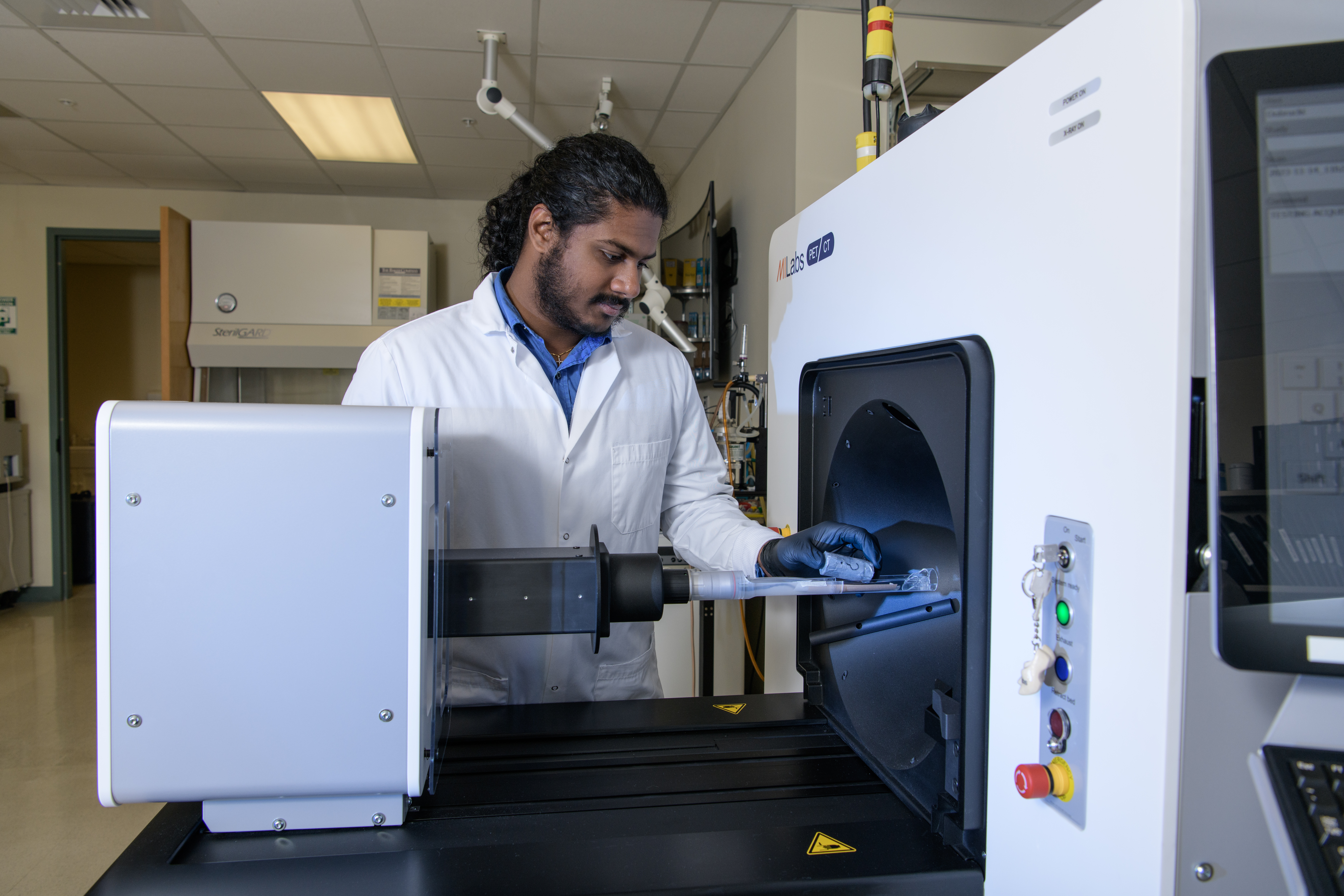
The focus of research provided in the Molecular Imaging Lab is to develop integrated imaging approaches to noninvasively monitor and track biological processes.
These include peripheral and myocardial angiogenesis, vascular remodeling, atherosclerosis, and cancer using molecular, physiological, functional, and anatomical imaging modalities including nuclear (SPECT/PET), X-ray CT, and in vivo optical imaging.
Such imaging strategies will eventually lead to individualized programs for disease prevention through advanced diagnosis, risk stratification, and targeted cellular and genetic therapies resulting in more successful and efficient health care.
Services MIL provides the scientific community:
- Expertise and assistance in the synthesis of imaging agents in quantities that allow for in vitro and in vivo assays including conjugation and labeling (with fluorophores or radioisotopes), and physicochemical tests such as appearance, label stability, pH, osmolality and specific activity, chemical purity, and identity assessed with TLC, and HPLC-MS instrumentation.
- Evaluation of synthesized compounds for receptor binding (in cell cultures) and cellular selectivity (in tissue samples) studies.
- Consultation on experimental design and/or procedures, the availability of individual chemical compounds and/or reagents, and the feasibility of synthesis of synthetic structures.
- Expertise in radiolabeling of multifunctional nanoparticles including preformed targeted liposomes and dendrimer nanoparticles.
- Radiolabeling of well-characterized unimodal imaging agents, which are commercially available for PET/SPECT imaging.
- Performing surgeries including placement of an intravascular catheter for agent injections and serial blood collections.
- Expertise in the development of advanced imaging protocols to assess various biological processes within living animals
- Performing in vivo PET/SPECT/CT quantitative 3D imaging including biodistribution and blood clearance studies to assess organ-specific uptake of an imaging agent.
- Training and assistance in 3D optical imaging using Perkin Elmer IVIS Spectrum CT system.
Equipment available through the Molecular Imaging Lab:
.jpg?sfvrsn=8dcbf483_0)
Imaging collaborations
The Molecular Imaging Lab helps develop integrated imaging approaches to noninvasively monitor and track a variety of biological processes.
Research images captured through Molecular Imaging Lab equipment:
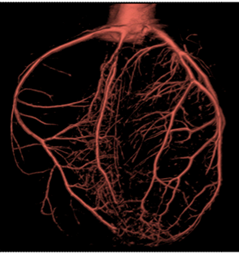
Crediting the Biomedical Imaging Center
The Biomedical Imaging Center’s Molecular Imaging Laboratory asks its users to add the following statement to the acknowledgements section of their papers to track facilities use and impact:
“This work was conducted in part at the Biomedical Imaging Center of the Beckman Institute for Advanced Science and Technology at the University of Illinois Urbana-Champaign (UIUC-BI-BIC).
